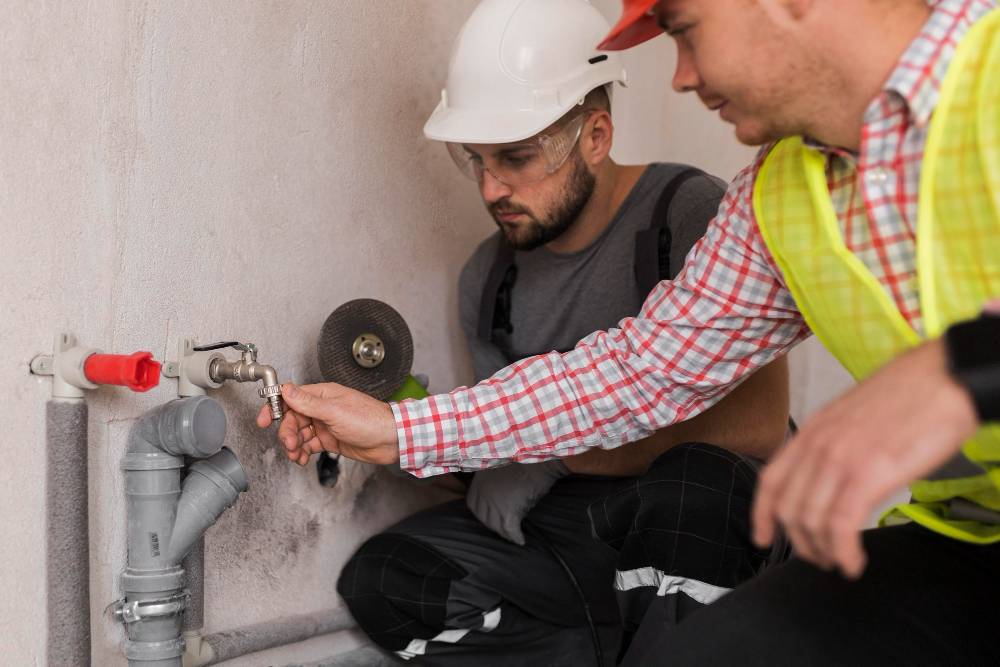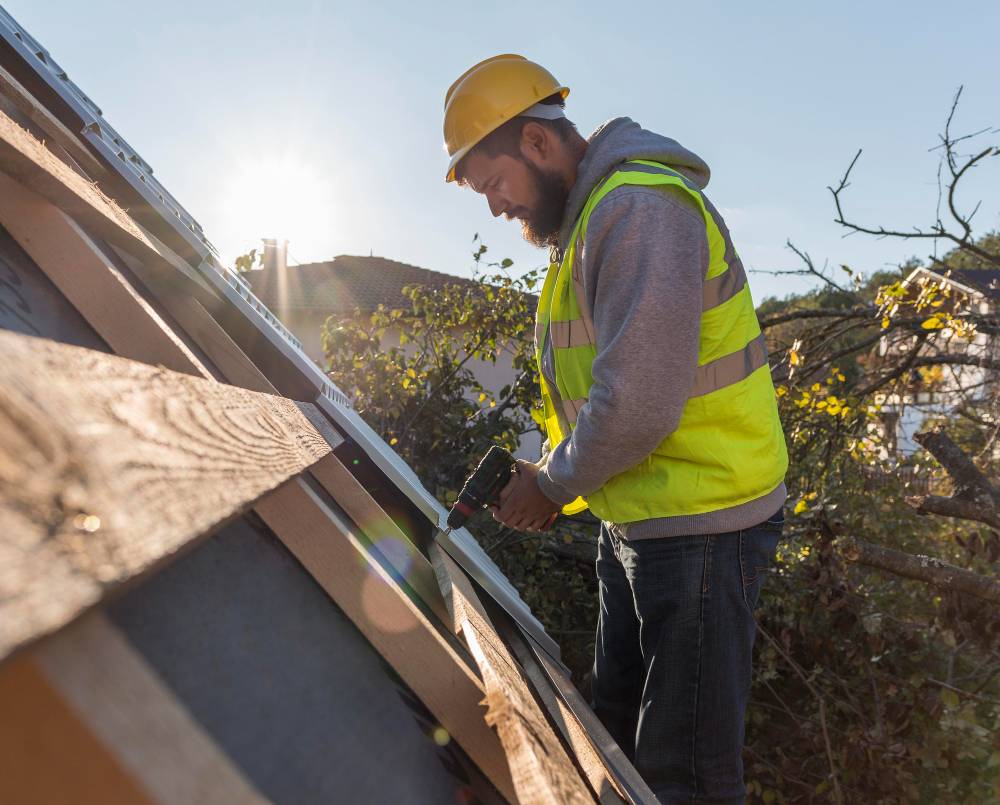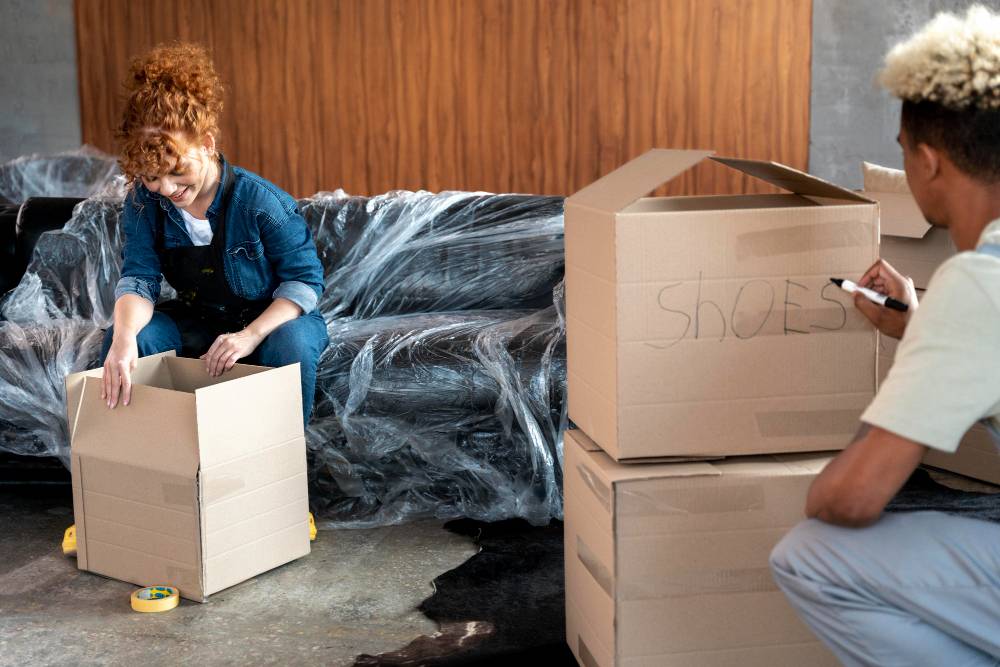Introduction
A well-maintained roof protects your property from harsh weather conditions, leaks, and structural deterioration. Roofs can develop issues that lead to costly repairs or even complete replacements without proper care.
By implementing a preventive maintenance routine, you can extend the life of your roof, prevent unexpected damages, and maintain the overall safety of your home or business.
A neglected roof can cause a domino effect of problems. Water damage can seep into ceilings, walls, and even the foundation, leading to mold growth and compromised structural integrity.
Additionally, roofing materials deteriorate over time due to sun exposure, temperature fluctuations, and environmental factors.
Consistent maintenance ensures that small issues are addressed before they escalate into more significant, expensive repairs.
How a Well-Maintained Roof Protects Your Property?
Your roof is the first line of defense against rain, snow, wind, and extreme temperatures. A neglected roof can lead to water damage, mold growth, and even compromised structural integrity.
Regular inspections and maintenance help identify minor issues before they turn into significant problems, ensuring that your property remains secure and dry.
Additionally, a properly maintained roof contributes to energy efficiency. Damaged or missing shingles and poor insulation can allow heat or cold air to escape, causing your heating and cooling systems to work harder.
This results in increased energy bills and unnecessary strain on your HVAC system. By taking proactive steps, you not only protect your property but also enhance its energy performance.
Key Components of Roof Maintenance
Regular Inspections
Conducting routine inspections is one of the most critical aspects of roof maintenance. Inspections should be performed at least twice a year, ideally in the spring and fall.
During an inspection, look for damaged or missing shingles, water stains on ceilings, and any signs of wear and tear.
Additionally, after severe weather events, check for loose or broken materials that could lead to leaks. Professional inspections can uncover hidden problems that may not be visible to the untrained eye.
Regular inspections can prevent costly emergency repairs. A minor issue, such as a small crack in flashing or a few missing shingles, can quickly escalate into significant damage if left unaddressed.
Keeping a checklist for inspections ensures that no area is overlooked. Areas to check include roof valleys, chimney flashing, skylights, and attic spaces for signs of moisture buildup.
Cleaning and Debris Removal
Debris, such as leaves, twigs, and dirt, can accumulate on the roof and in gutters, causing drainage problems and increasing the risk of water damage.
Regular cleaning prevents blockages and ensures water flows freely away from the roof structure.
Moss and algae growth should also be removed to prevent moisture retention, which can weaken roofing materials over time. Using gentle cleaning solutions and soft brushes can help preserve the integrity of roofing materials.
Neglecting roof cleaning can lead to premature aging of roofing materials. Moisture trapped by debris can cause rot, mold growth, and rust formation on metal components.
If left unchecked, clogged gutters can cause water to overflow and seep under shingles, leading to interior leaks and foundation problems. Establishing a regular cleaning schedule minimizes these risks and prolongs the roof’s durability.
Repairing Leaks and Damages
Leaks are one of the most common roofing issues. Even small leaks can lead to severe interior damage if not addressed promptly.
Regularly inspect for cracked, curled, or missing shingles and replace them immediately. Flashing around chimneys, vents, and skylights should also be checked for signs of wear and resealed if necessary.
Addressing minor repairs early can prevent extensive structural damage and costly repairs in the future. Water infiltration can weaken wooden structures, leading to rot and potential collapse.
Unrepaired leaks contribute to mold and mildew problems, which can impact indoor air quality and pose health risks to occupants.
Using high-quality sealants and materials for repairs ensures that leaks are effectively sealed and do not reoccur.
Gutter and Drainage Maintenance
Gutters play a crucial role in directing water away from your home. Clogged gutters can cause water to back up onto the roof, leading to leaks and damage.
Regularly cleaning and inspecting your gutters ensure they function correctly and prevent potential water-related issues.
Installing gutter guards can help reduce debris buildup and minimize maintenance requirements.
Proper drainage also prevents water from pooling around the foundation, reducing the risk of basement flooding and soil erosion.
Inspect downspouts to ensure they extend at least five feet away from the foundation. If necessary, install splash blocks or underground drainage systems to enhance water management.

Common Roofing Issues
Leaks and Water Damage
Roof leaks can occur for various reasons, including damaged shingles, improper flashing, or clogged gutters.
Signs of water damage include stained ceilings, mold growth, and damp insulation. Early detection is key to preventing extensive damage and costly repairs.
Regular inspections, along with timely repairs, help prevent leaks from worsening and causing structural damage.
Ignoring leaks can lead to severe consequences. Prolonged exposure to moisture weakens wooden structures, corrodes metal fasteners, and encourages mold proliferation.
Addressing leaks as soon as they appear ensures that the damage remains minimal and manageable.
Structural Deterioration
Over time, exposure to the elements causes roofing materials to degrade. UV rays, heavy rain, snow, and strong winds contribute to the wear and tear of your roof.
Regular maintenance helps prevent structural weakening, sagging, and costly repairs. Reinforcing weak areas, replacing old materials, and keeping the roof in good condition can significantly extend its lifespan.
Monitoring the attic for signs of sagging or unusual light penetration can indicate structural issues. Strengthening weak spots and ensuring adequate support prevents roof collapse and maintains overall property integrity.
Seasonal Roof Maintenance Tips
Spring and Summer Maintenance
Spring is an ideal time to inspect your roof for any damage caused by winter weather. Check for loose shingles, cracks, and signs of leaks.
Trim overhanging branches to prevent them from scraping or damaging the roof during summer storms. Ensure that ventilation and insulation are functioning properly to prevent heat buildup, which can accelerate roof deterioration.
Fall and Winter Maintenance
Fall maintenance includes clearing fallen leaves from gutters and inspecting for any damage from summer storms.
Ensuring proper insulation and ventilation can help prevent ice dams in winter. Snow accumulation should be removed promptly to avoid excess weight on the roof, which could lead to structural damage.
Conclusion
Taking care of your roof is a crucial part of property maintenance. By implementing a regular maintenance routine, you can prevent costly repairs, extend the lifespan of your roof, and protect your property from potential damage.
Whether through DIY maintenance or professional inspections, staying proactive ensures a safe and dry living or working environment.
A well-maintained roof not only protects your investment but also enhances the value of your property and provides peace of mind knowing that your home or business is safeguarded against the elements.
Investing in roof maintenance today saves you from expensive replacements in the future. By following best practices and staying vigilant, you ensure that your roof remains in optimal condition for years to come.
Prioritizing regular inspections and timely repairs keeps your property safe and secure, making roof maintenance an essential aspect of responsible property ownership.



